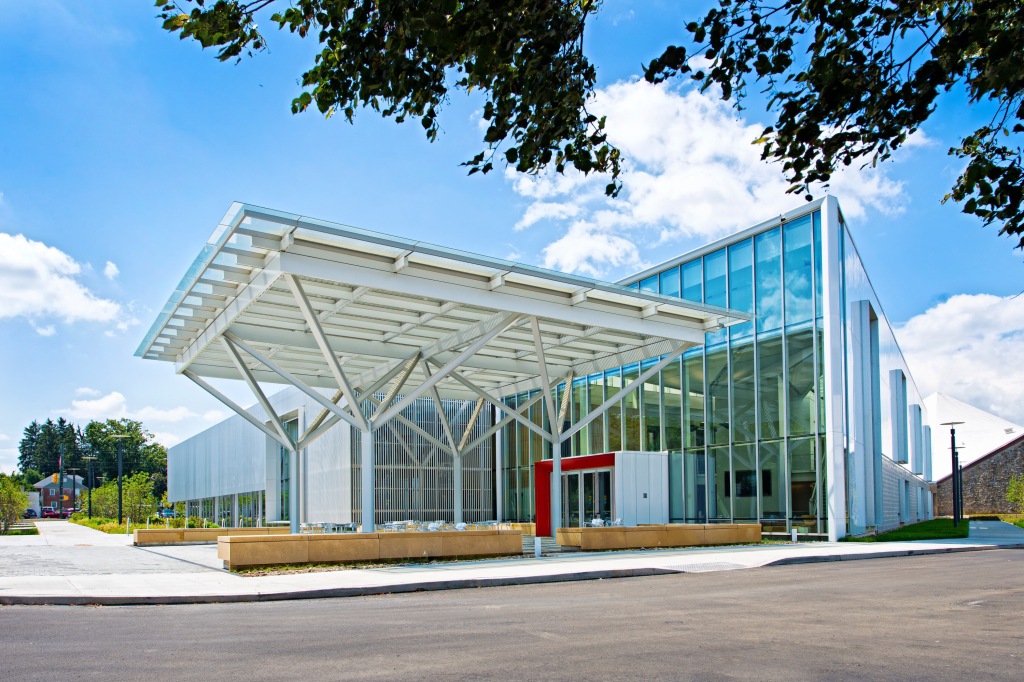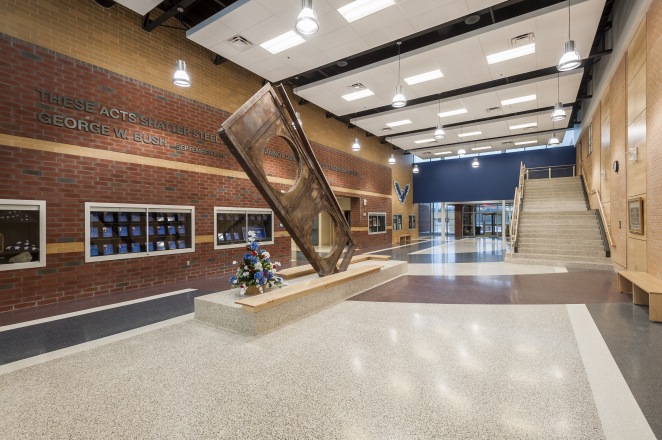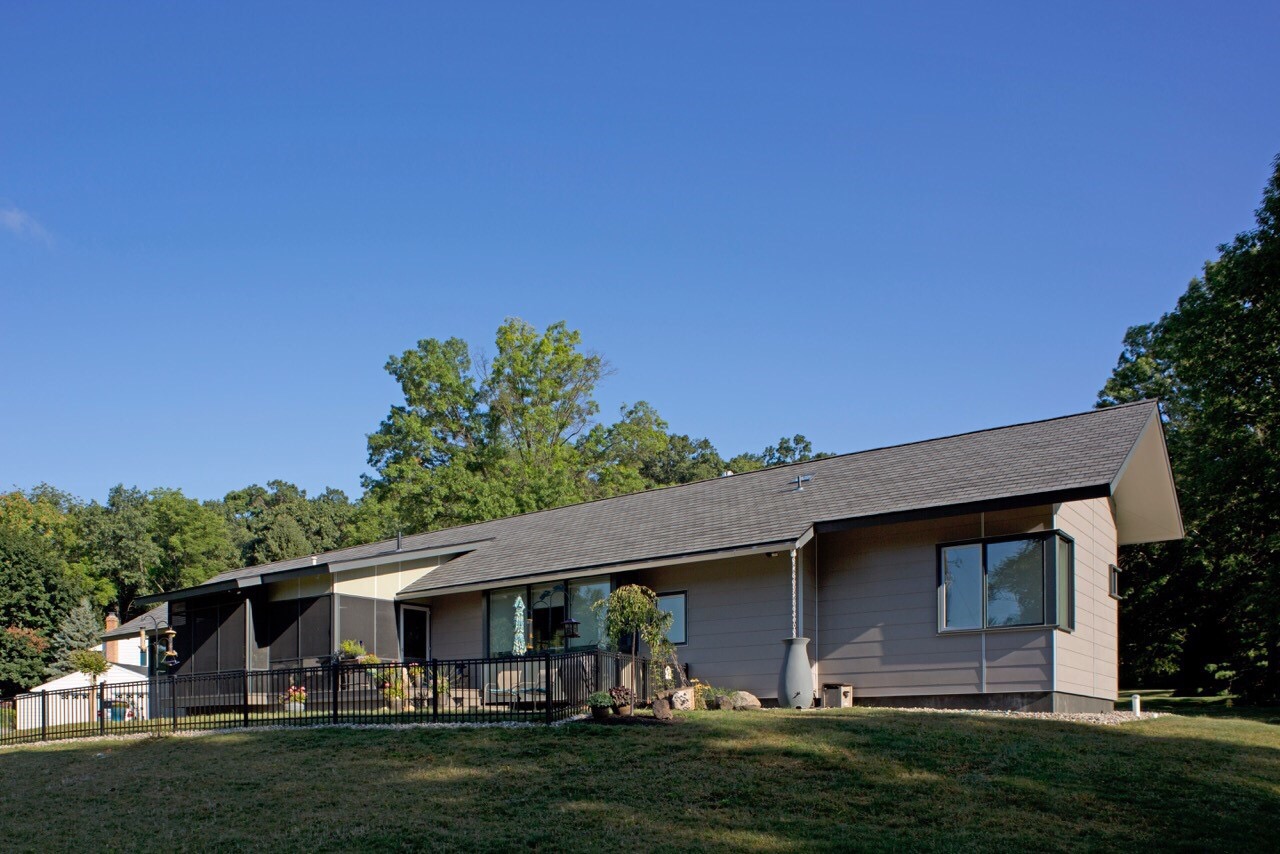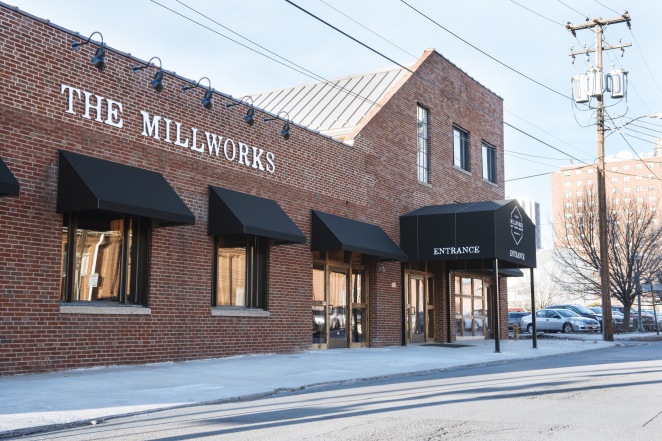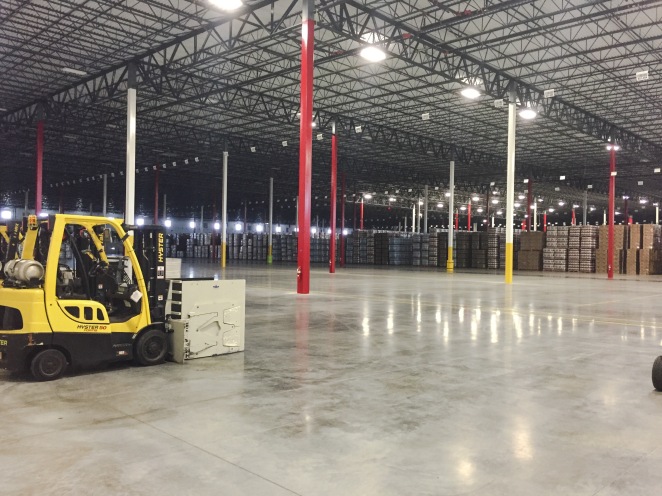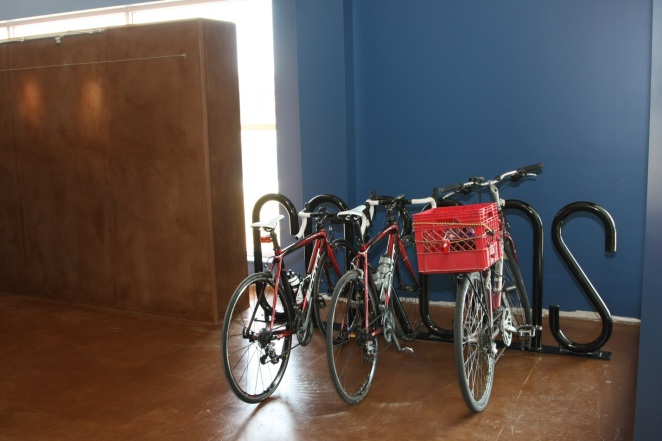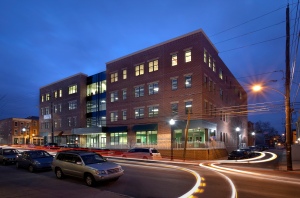What does resiliency have to do with Green Buildings?
It’s a great question… and here is the answer… You have to take a step back and look at the big picture.
Buildings that last have less of an impact on the environment because they deplete less natural resources. Most buildings have a 20-30 year life span and depending on the use of the building, heavily trafficked materials need replaced every 5-10. When design/construction teams focus on resiliency, we are looking at not only the long term durability of the building and the materials but also the flexibility of the space over time. Here are some critical aspects which contribute to the resiliency of the facility.
Green Infrastructure

The most resilient building is one which does not rely on any outside infrastructure to operate. In essence, it would be net zero in every aspect. Net zero energy, water, waste water, storm water, waste, etc. This means you generate your own energy, manage your own waste water and handle storm water on-site. Some various techniques are available to handle this tall task.
![]()
Steps to accomplish Net Zero:
1.) Conserve: Reduce overall consumption of the building by maximizing the insulation, fenestration and envelope performance. Invest heavily in items which conserve energy.
2.) Design: Design/Integrate high efficiency building systems which rely heavily on natural resources such as sunlight, natural airflow, etc. Limit the amount of artificial lighting, air conditioning and heat supplied to the space.
3.) Construct/Test: Construct the building to the exact specification of the design. This includes the exact design for thermal performance (air and heat transfer) of the envelope and the systems inside the building. Various tests are used for this such as the blower door test.
4.) On-Site Renewable Energy: Generate on-site renewable energy equal or greater than the amount of energy to be used by the building occupants and operations.
Living Machine handles waste water on-site
(Download their brochure here)
Green Roofs Handle Stormwater Onsite
Resilient Materials
Materials of resilient buildings are not only built to last longer but they can be deconstructed and reused in the event of a catastrophic event. Fires, Floods, Earthquakes, Hurricanes are all increasing in numbers and causing massive damage in our communities. Resiliency looks at where and how those communities are built and how they can withstand the most extreme situations.
Some examples of resilient materials & systems are as follows:
- High performance sprinkler systems
- Seismic innovations (pendulum powered, shock absorbing, rocking buildings)
- Concrete
- Cement coatings
- Rubber coatings
- Epoxy coatings
Design for Flexibility
Designing open floor plans with movable walls (aka demountable partitions) and furniture that can adapt over time to various uses and applications is the future of building design. Creating a floor plan which is essentially open or has areas which are easily converted to meet a multitude of needs. This could include a large meeting space which can be divided into smaller meetings spaces, work rooms or offices depending on the need at that time. More schools and places of worship are using these ideas to maximize their facilities year-round. Some urban apartments are built to be small but extremely flexible with convertible walls, cabinets and spaces. It is quite remarkable. See some examples below:
Deconstruction
If and when damage is incurred by a facility, it would be ideal to be able to deconstruct and reuse any materials that can be salvaged. Detroit is in the midst of a renaissance and a resurgence. Amidst the massive amounts of redevelopment occurring there, many old, abandoned buildings are being deconstructed in lieu of demolished and sent to landfills. Many organizations have found that deconstruction can create jobs and cash flow by selling the salvaged materials.
Some FAQ’s from one of Detroit’s deconstruction specialists: http://reclaimingdetroit.org/faqs/
Weather concerns
Certain regions have more concerns than others. For example the western united states have severe drought concerns and water limitations whereas the south east united states have hurricanes to contend with. Many debates surround what to do in these areas. Do you leave the area and move to a more suitable environment? Resiliency in building design can be a key to making the best of these climates.
Rainwater capturing is a great way for a facility to become resilient to periodic drought.
In areas of potential flooding, architects are now designing homes/buildings with:
- more cementitious materials (concrete, cement siding) which is more weather resistant
- raised lower levels for parking or limited storage (buildings on stilts)
- Developments with higher rate of storage of storm run off with emergency
Trade-Offs
With any decision that gets incorporated into a building’s design there are trade offs. There’s a balance to be found in cost, quality, resiliency and sustainability (impact on the environment). You could build the most resilient and sustainable building in the world but currently it would cost 10 times the cost of a conventional building. The next five to ten years, more and more developments in communities will arise with improvements in all of these areas. Ultimately with hopes that we have safe, resilient, healthy, sustainable communities that last and that are integrated.
As climate change continues to evolve and extreme weather becomes more and more prevalent, resiliency is a major topic which needs to be considered in each and every community across the world. Please come and join us for GreenCon 2016 to learn more from industry leaders on this topic.

GreenCon: Building Conference & Expo is coming up on March 17, 2016 at Dickinson College.
If you are interested in Sustainability, Green Buildings or Resiliency, this conference is for you!
The major theme of this years conference will be resiliency.


